July 26, 2023
Rolling with the capelin
Estimated reading time: 0 minutes
Every summer, a natural phenomenon called the capelin roll takes place on the beaches of Newfoundland and Labrador. A tiny schooling fish called capelin returns to the shores, rolling up on the beach to spawn in the shallow waters. Their arrival is a spectacle that draws species such as cod and humpback whales close to shore to feed and brings the entire community together to witness the magic.
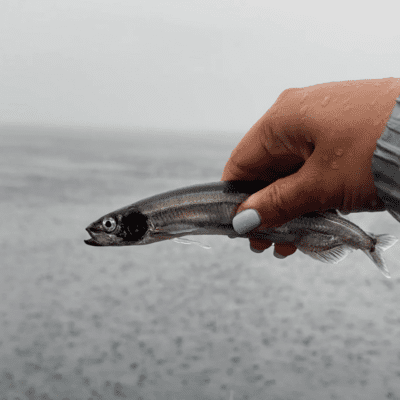
Capelin are small, silver fish that have a pointed snout and a slightly protruding bottom jaw. They are an important prey source for many species like cod, humpback whales and puffins.
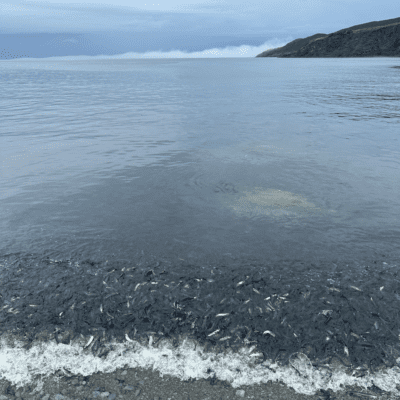
When capelin arrive on the beaches of Newfoundland and Labrador, they come close to shore in large aggregations which make them easy to catch.
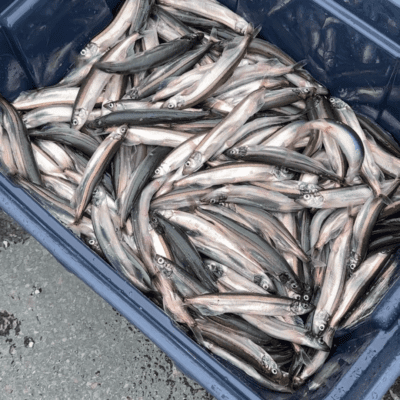
Coastal communities use dip nets and cast nets to catch capelin during the roll. They are commonly eaten dried, salted, fried or fresh and sometimes even used as a garden fertilizer!
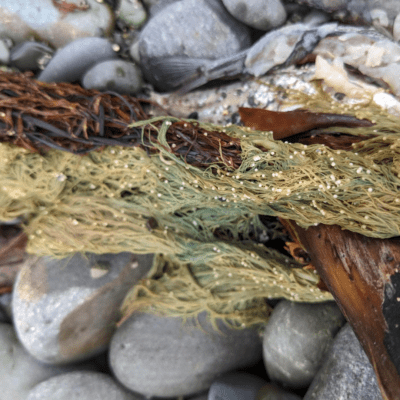
Here you can see capelin eggs, or roe, on the beach. When community members catch capelin from the shores, it is after the fish have spawned, leaving little impact on its population as the next generation has already been returned to the water. This is a stark difference from the commercial fishery, which specifically targets female capelin for their eggs and uses large nets to scoop them up before they have a chance to spawn.
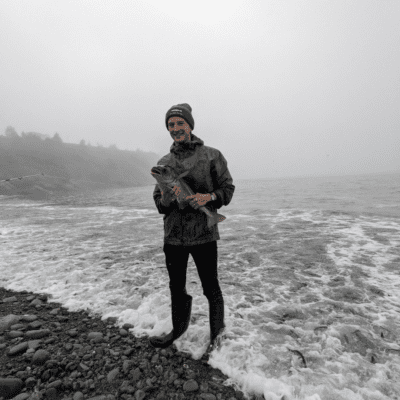
If you get the chance to witness the capelin roll first-hand, make sure to keep your eyes out for cod or whales that come close to shore to feed on capelin.
And if you can’t witness the magic in person, make sure to connect with capelin through Oceana Canada’s campaign to protect them. Learn more by watching the video below.
MOST RECENT
June 19, 2025
June 2, 2025
OPINION: From Crisis to Opportunity: Rebuilding Canada’s Fisheries for Climate and Economic Security

